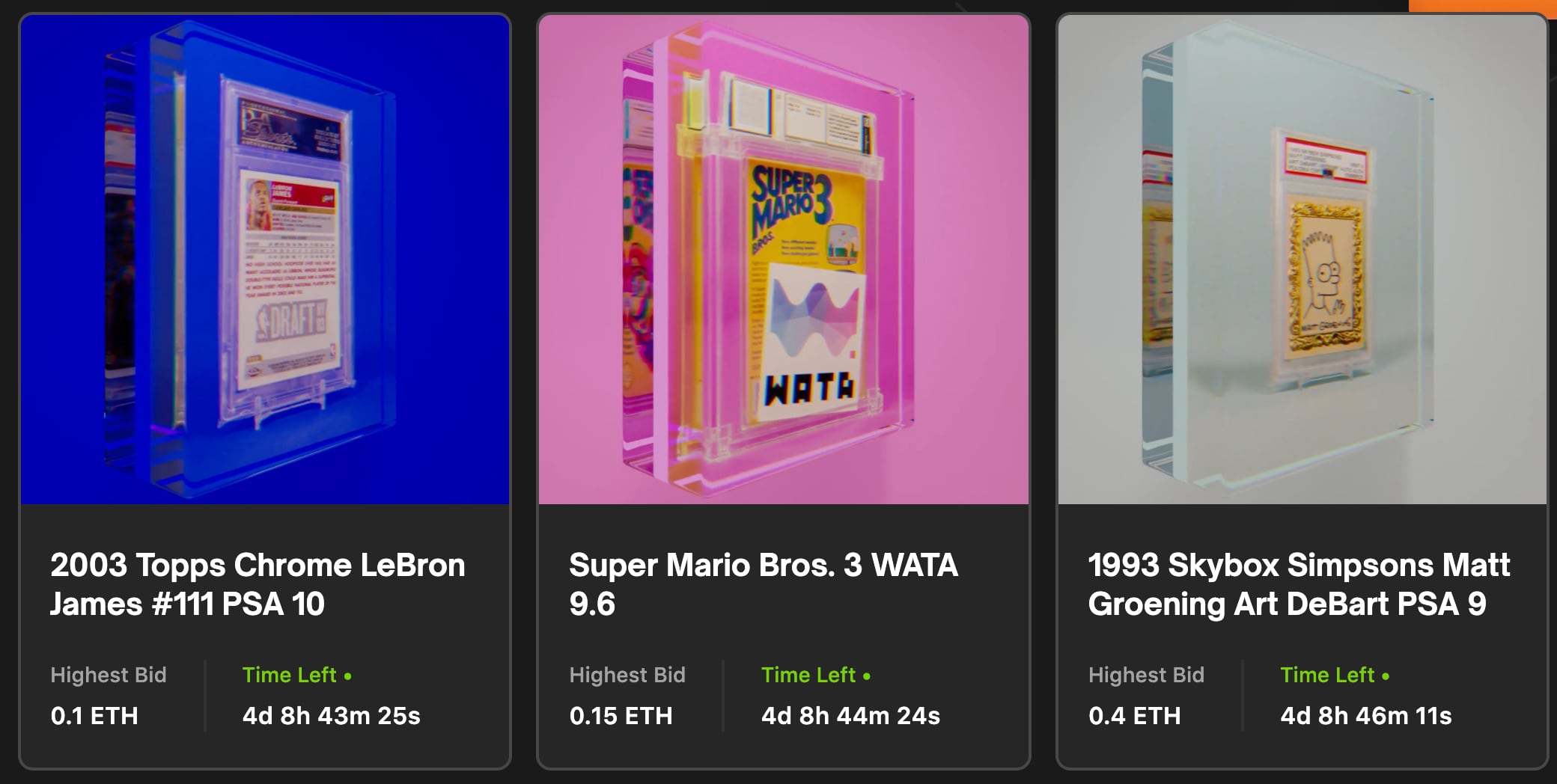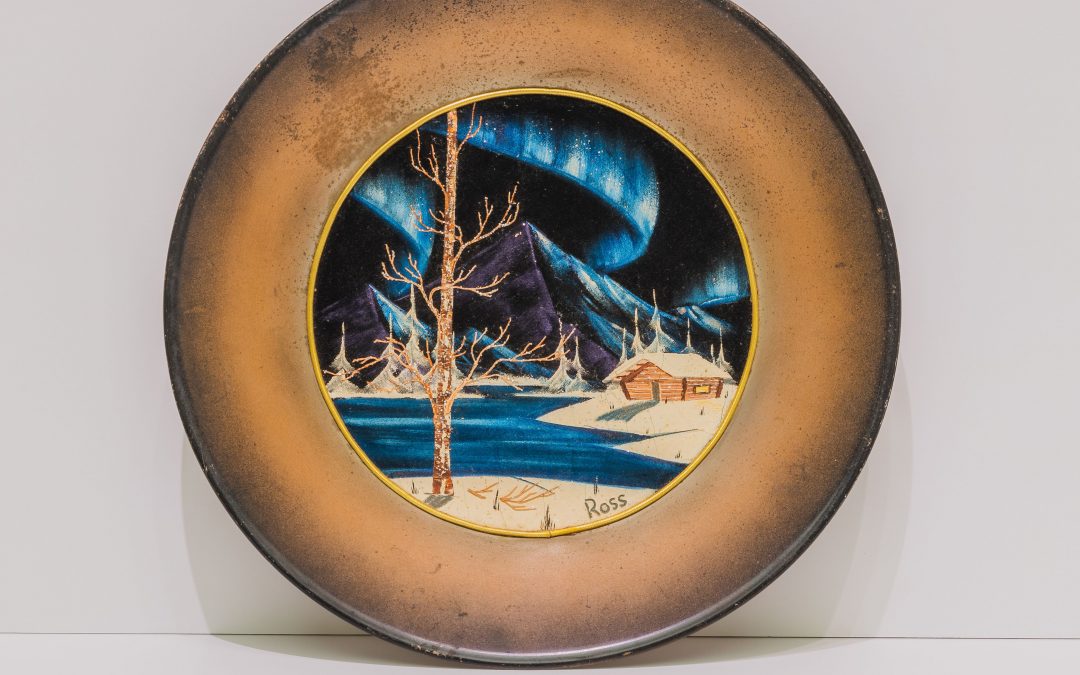The first non-fungible token (NFT) of a Bob Ross painting will soon go on the blockchain, and it’s no happy accident.
The artwork by the extravagantly-permed host of “The Joy of Painting” is one of five inaugural collectibles being sold as NFTs on Wednesday to mark the launch of Otis House, an auction platform that turns physical collectibles into NFTs. The Bob Ross NFT is of an Alaskan mountain scene that Ross painted in 1971 during his time in the military before he rose to fame. It was first listed on Tuesday evening, and its current high bid is 0.25 ETH, or roughly $931.
Otis House is a subsidiary of Otis, a company that sells fractionalized shares of digital and physical collectibles.
A professionally-graded LeBron James rookie card, a 1993 Matt Groening Simpsons collectible and an original copy of Super Mario Bros 3 are among the other items up for auction, with all five inaugural auctions ending on Dec. 19.
Otis House mints NFTs based on physical items sent in by collectors, which then act as proof of ownership. The collectibles themselves are vaulted and insured by Otis House, which destroys the NFTs when their owners request the physical items to be returned.

The NFTs can be traded on public NFT marketplaces such as OpenSea, allowing collectors to transfer ownership of their goods without having to deal with the logistics attached to their storage.
The service functions similar to a vault or lockbox at a bank, but its connection to a blockchain is the latest example of NFT technology in a practical use-case.
The concept of merging digital ownership with physical items is gaining traction in certain niche collectible markets. Blockbar, an NFT marketplace founded last June, allows users to trade NFTs of valuable whiskey bottles that represent their real-life equivalents.
“When it comes to really expensive collectibles, a lot of owners prefer to keep them in vaults or safes, even if they’re insured,” Michael Karnjanaprakorn, founder of Otis, told CoinDesk in an interview. “The idea that you’d want to have something to represent the item, like an NFT, only makes sense. It may be new now, but I can imagine it becoming the standard for the larger collectibles world.”














